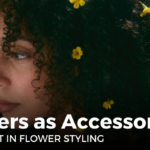PERIDOT GREEN FLOWERS
August’s favorite flower color is Peridot green. This year, we are spotlighting unique flower colors for you to use in custom flower arrangements, wedding bouquets, centerpieces and anywhere else you might need great-looking flowers. To make the chosen colors a little more interesting, we are starting with birthstone colors. This month it’s Peridot, or bright green. (Click here for all of our color of the month posts)
Peridot is one of the few gemstones that only occurs in one color, green. The intensity and tint of the green, however, depends on how much iron is contained in the crystal structure. The color of individual peridot gems can vary from yellow- to olive- to brownish-green. The most valued color is a dark olive-green.
Flowers in green are just as unique and striking as the gem, this guide to green flowers will help you when choosing flowers for your events or just for fun!
When creating your wedding bouquet,



When creating a color scheme using Peridot green, use the color wheel as your guide! Above you see three examples. The first is the complementary color of Peridot green — brilliant purple, which is sure to balance out the bright green. The second is a triad (3) of color complements to light green. Electric blues and hot pinks are sure to add some fun to this combination. You could also go with tetrad (4) of complement colors. So Peridot green, mixed with a close neighbor, aqua, and balanced with purple and hot pink.
Of course, green looks wonderful all on it’s own. Mix different shades and textures of greens together to create a unique and gorgeous flower bouquet.
This is a great flower guide for brides looking for unique color palettes and unusual flowers for their wedding. [Read more…]

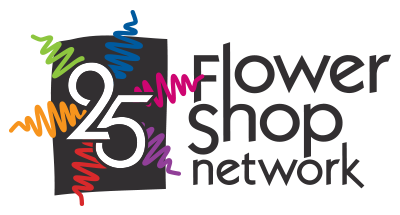
 Find Your
Find Your 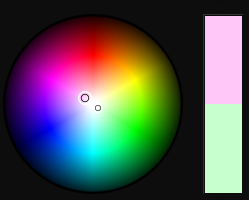

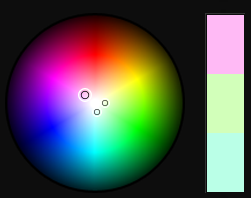


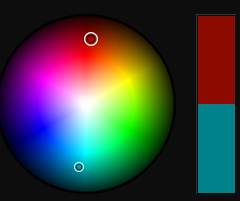
 One of the best things about art class was being able to mix the paints and see all of the variations of color that formed from the controlled spills. Our eyes are naturally drawn to color and soak up the creative hues. Well, florists have the same opportunity every time an arrangement is started. Flowers come in a rainbow of colors so blending the shades and hues into a dazzling, eye-catching bouquet is truly an artform.
One of the best things about art class was being able to mix the paints and see all of the variations of color that formed from the controlled spills. Our eyes are naturally drawn to color and soak up the creative hues. Well, florists have the same opportunity every time an arrangement is started. Flowers come in a rainbow of colors so blending the shades and hues into a dazzling, eye-catching bouquet is truly an artform.  Tertiary colors are the colors between primary and secondary colors on the color wheel. Red-orange, red-violet, blue-violet, blue-green, yellow-green, and yellow-orange are the tertiary colors. These are formed from mixing a primary color with the closest secondary color on either side according to the color wheel. Tertiary colors are particularly appealing in
Tertiary colors are the colors between primary and secondary colors on the color wheel. Red-orange, red-violet, blue-violet, blue-green, yellow-green, and yellow-orange are the tertiary colors. These are formed from mixing a primary color with the closest secondary color on either side according to the color wheel. Tertiary colors are particularly appealing in  Using these color schemes, a florist can easily create dimension and a colorful dynamic in flower arrangements. Knowing which colors appeal the most to the eye when paired with other colors is as much a matter of science as talent. While no one doubts the designer’s eye of a florist, using the color schemes of the color wheel provides another form of inspiration for floral designers.
Using these color schemes, a florist can easily create dimension and a colorful dynamic in flower arrangements. Knowing which colors appeal the most to the eye when paired with other colors is as much a matter of science as talent. While no one doubts the designer’s eye of a florist, using the color schemes of the color wheel provides another form of inspiration for floral designers.



